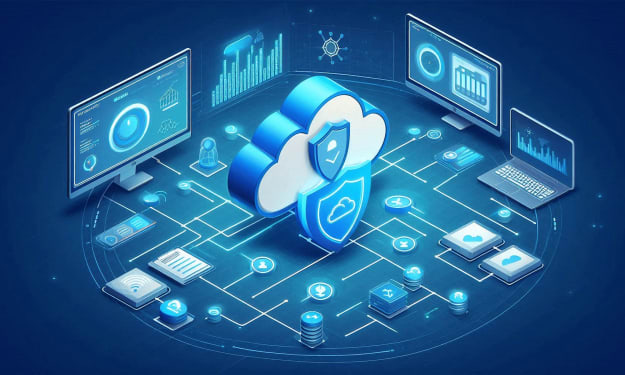History of Microsoft Azure
History of Microsoft's cloud platform

Microsoft has developed its own cloud computing platform that allows people to use computing resources over the internet and pay for them the same way people pay for utilities. The history of this particular platform begins all the way back to the year 2005. In that year, Microsoft took over Grove Networks. For those who were not around back in the mid-2000s or those who were around but just did not care about tech giants back then, Groove Networks was a software company based in Beverly, Massachusetts that mostly focused on creating productivity software to allow multiple users to work on computer files at the same time. It was bought by Microsoft for $120 million US Dollars and Bill Gates, the CEO of Microsoft at the time, made the founder of Grooves one of the 3 chief technology officers of Microsoft to help with the company's attempts at innovation. This CTO, Ray Ozzie, began to spend approximately three years working on a project for a cloud operating system with other developers at Microsoft before announcing their new platform on October 2008 . This platform was called the Windows Azure Platform and it was announced to a massive crowed at the Professional Developers Conference in Los Angeles, California.
By March of 2009, Microsoft announced that they would adding a new service to Azure called SQL Azure Relational Database. It is a great cloud computing service that was the start of Microsoft Azure's ability for companies to save databases & important data to the cloud. By November of that same year, Azure was updated to include support for the PHP and Java programming languages. Then on February of 2010, Windows Azure became commercially available to everyone. The platform would be Generally Available from that point onward and full SLA support was added to the cloud computing system. On April of 2014, Azure was officially named Microsoft Azure, moving its branding away from the Windows operating system. On top of that, Azure introduced the Azure Portal, which is a browser-based user interface that lets you interact with various different cloud computing systems by clicking on different icons. On February 4th of 2016, Azure made the Azure service Azure IoT Hub available to the general public. What is Azure IoT Hub? It is a service that provides the capabilities to securely connect, provision, update, and send commands to devices that are connected to the Internet of Things: "a system of interrelated computing devices, mechanical and digital machines, objects, animals or people that are provided with unique identifiers (UIDs) and the ability to transfer data over a network without requiring human-to-human or human-to-computer interaction" as described by technical writer and editor Alexander S. Gillis. With this, a server or computer system in the cloud could be connected to systems in the real world linked to the internet. This led to an impressive expansion to what Microsoft's cloud computing system could be utilized and allow devices like sensors, processors, and communication hardware to send data to and from a public cloud system.
Then, on December 2017, Azure IoT Central was developed as a fully managed SaaS (or Software as a Service) application that makes it easier for an average person to connect, monitor, and manage IoT assets & devices at scale. By the year 2018, Azure was available to over 54 regions across the world and become the first large cloud provider to have facilities in Africa with two regions in South Africa. All of this allows Azure to grow as a cloud service provider that is only behind Amazon Web Services in terms of the overall cloud computing market.
About the Creator
Enjoyed the story? Support the Creator.
Subscribe for free to receive all their stories in your feed. You could also pledge your support or give them a one-off tip, letting them know you appreciate their work.





Comments
There are no comments for this story
Be the first to respond and start the conversation.